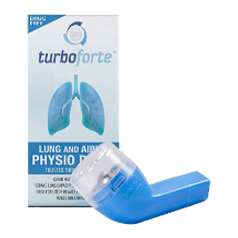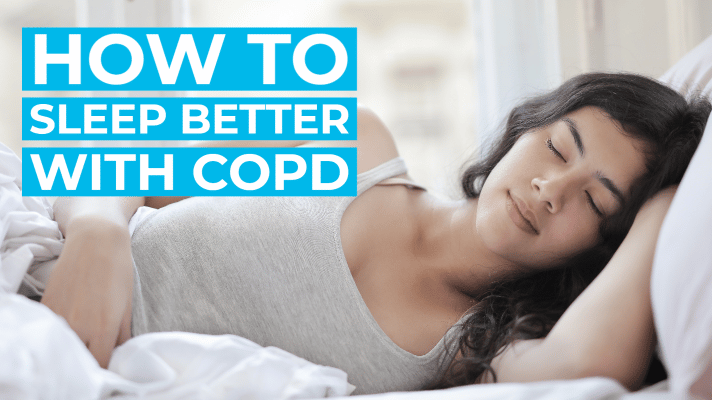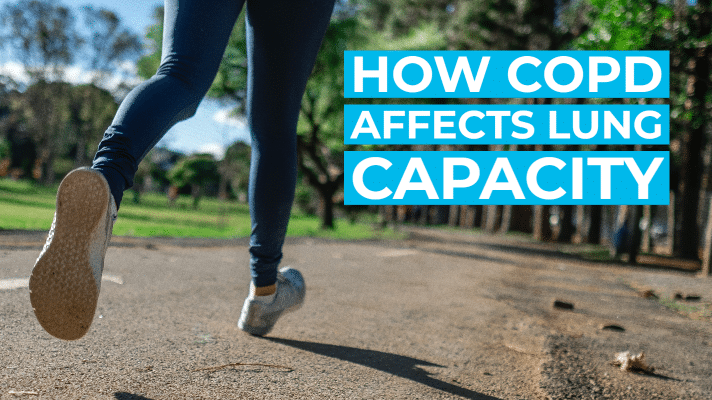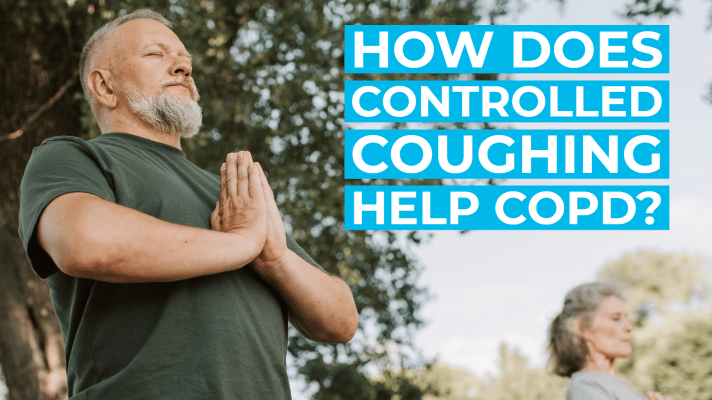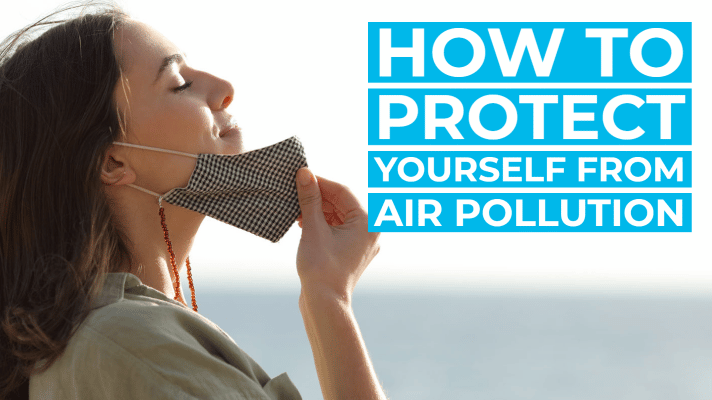
Did you know the World Health Organisation completed studies that found 9 in 10 people have been exposed to air with dangerous levels of pollution? Our world continues to grapple with reducing air pollution and vulnerable people like those dealing with chronic respiratory illnesses are interested in learning how to protect yourself from air pollution. There are a number of suggested strategies to reducing your exposure to dangerous air pollutants such as:
- Smoke – from wildfires, barbecues and firewood burning.
- Car fumes – car exhaust fumes and smog
- Industrial Pollution – may include carbon monoxide, ozone, volatile organic compounds (VOCs), heavy metals and polycyclic aromatic hydrocarbons (PAH).
- Household pollutants – dust, paints, glue, sandpaper debris and sawdust
Minimising your interactions with these lung irritants is optimal for your health. Frequent exposure to air pollution can irritate your airways and may cause shortness of breath, coughing, wheezing, asthma episodes and chest pain. Overtime, this can put you at risk for lung cancer, heart attacks and stroke. But there’s no need to stress – we’ve compiled 6 easy steps you can introduce into your lifestyle to keep your lungs healthy and as strong as possible!
Change your outdoor commute and exercise routes.
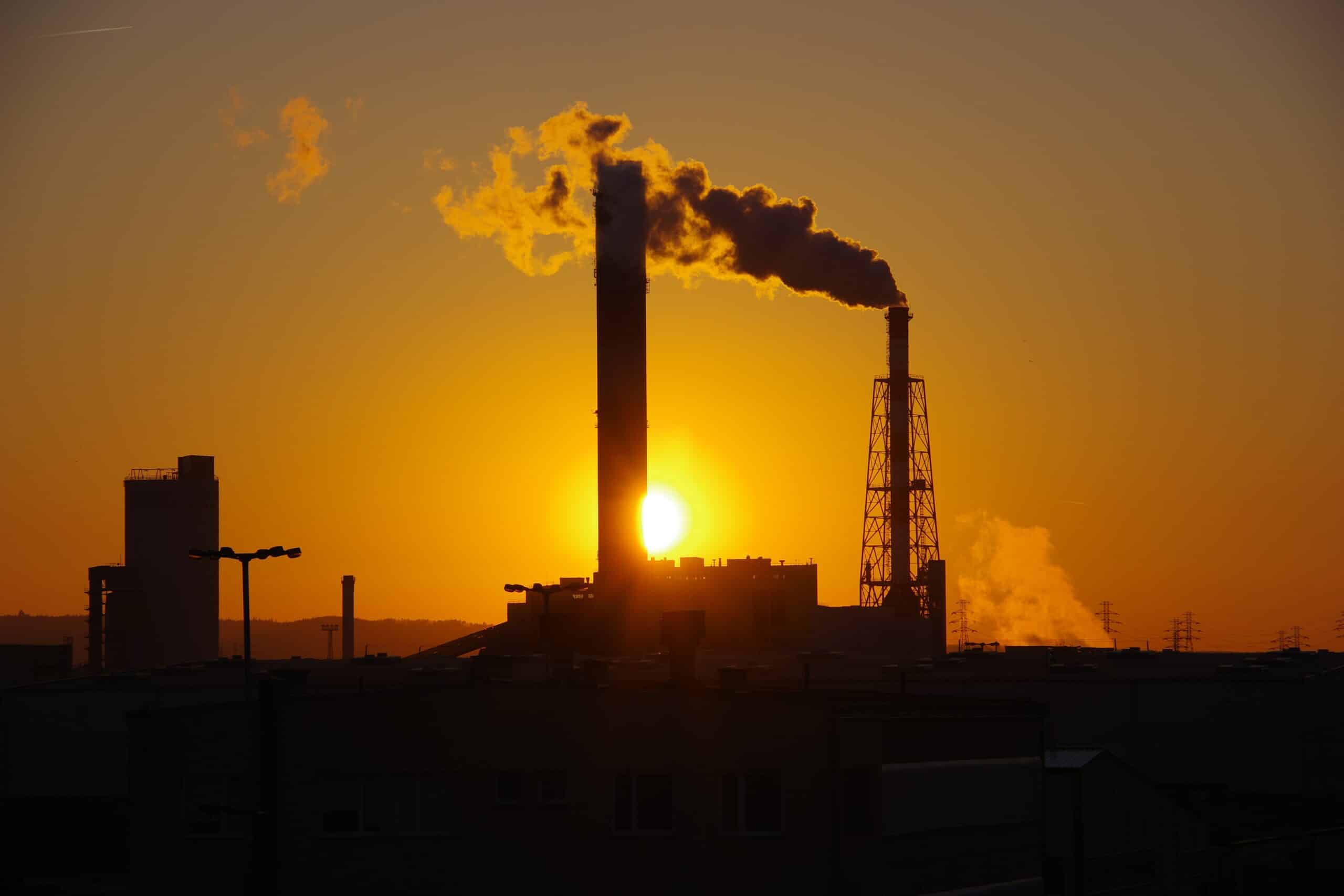
One of the more immediate and easy to implement changes you can introduce is rethinking your outdoor commute and exercise routes. Areas with high traffic increase your exposure to higher concentrations of exhaust fumes that aren’t friendly for lungs. Air pollution can range area to area, street to street so by avoiding the busiest routes for vehicles, you can decrease the amount of traffic pollution that you breathe in. Switch out your main road exercise walk for an afternoon stroll in a nearby park where the air will be much cleaner and nature more effective.
You can use your smartphones weather app to compare the Air Quality Index in your suburb compared to the surrounding neighbourhoods, which may help you determine your daily routes and behaviours. This is a small change, but may mean your lungs get a slight break from unhealthy fumes.
Switch to non-toxic or natural cleaning products.
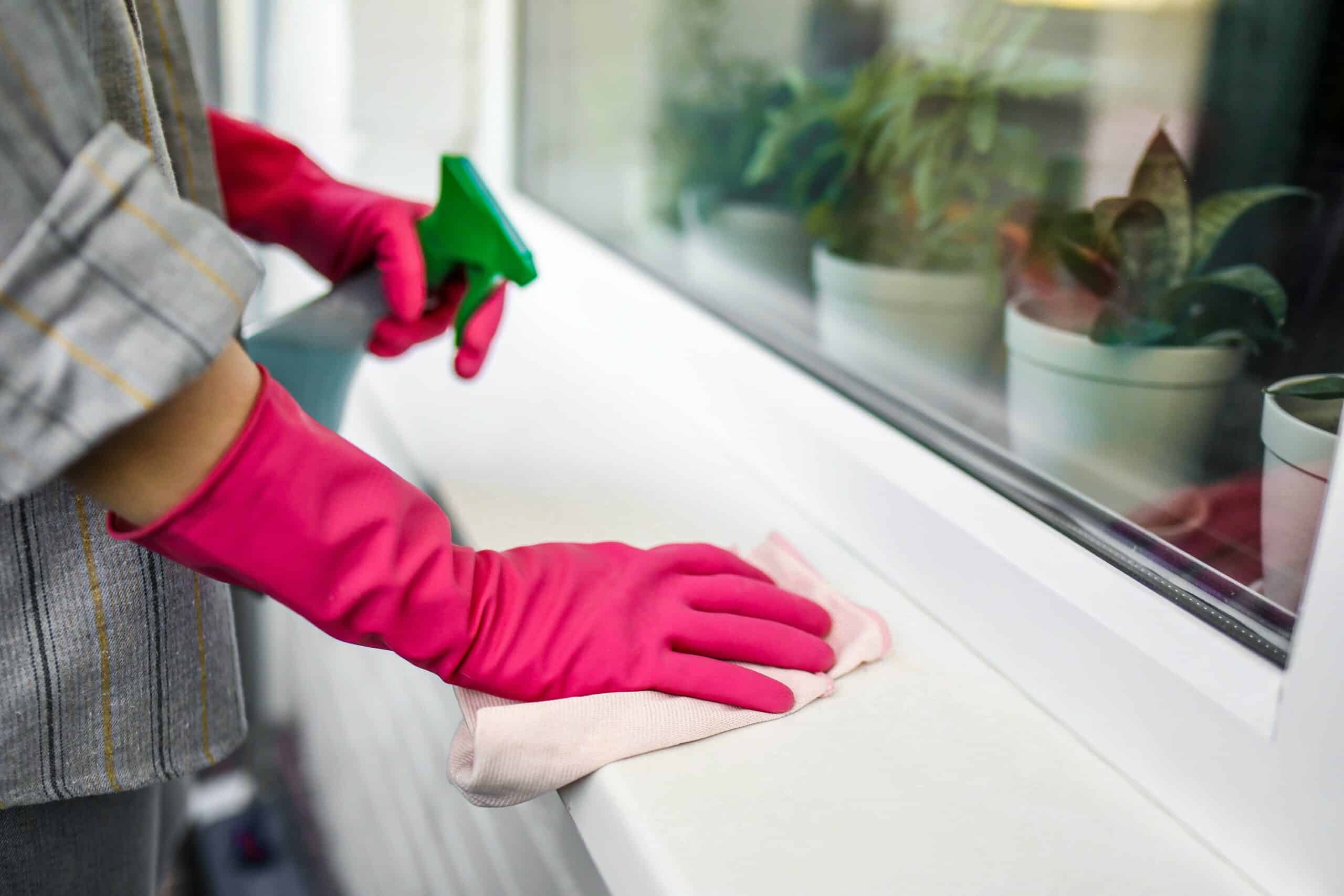
Secondly, you can slowly start phasing out your regular cleaning products for non-toxic or natural alternatives to reduce air pollution in your home. The American Lung Association cautions many household and cleaning products release dangerous chemicals, including volatile organic compounds (VOCs) that may contribute to chronic respiratory problems, allergic reactions and headaches. Other toxic substances to be aware of include aerosol spray products, chlorine bleach, dry cleaning chemicals, furniture and floor polish.
Start reading all labels on cleaning supplies and household products before you buy them – look products with very low levels or no VOCs, fragrants, irritants or flammable ingredients. You can find a list of products that meet the U.S. Environmental Protection Agency’s Safer Choice requirements for cleaning and other needs here.
Change your car filter regularly.

Air pollutants can be most dangerous for your lungs when confined to small spaces and repetitive inhaling. When you get into your car in the morning, roll down the window and let the air circulate. While driving, you can turn on indoor circulation mode if your car offers it.
If you are cautious about your lung health or frequently drive in high pollution areas, it is a good idea to switch to a HEPA cabin filter. You can purchase these online or at some car auto shops. Particles and bacteria can make their way from the outside air into your car’s ventilation system and into your lungs. A HEPA cabin filter is the most efficient way to filter dust and bacteria particles right down to 1/30th the size of a hair strand.
Purchase an air purifier for your home.
An air purifier may improve the quality of your indoor air. Essentially, their job is to refresh stale air, reducing the chances of health issues caused by indoor pollutants, which can trigger respiratory infections or aggravate symptoms in asthma sufferers. They’re particularly effective with reducing allergens, smoke, and mold.
You can find air purifiers at a range of price points and effectiveness. The average length for an air purifier to bring the air quality back down to healthy levels is between 30 minutes to a few hours, depending on the size and shape of the room. Air purifiers are a great investment for households with family members who struggle with respiratory illness, allergies or who live in industrial or high traffic areas.
Quit Smoking and/or socialising while others smoke.
Furthermore, it is highly important to quit smoking if you are concerned with air pollution. Smoking is one of the leading causes of lung disease and is not only detrimental for your own health, but can have serious adverse effects on the lung health of those who are around you. This is known as ‘second-hand smoking’, which is where non-smokers inhale the smoke that is emitted into the air from someone else’s cigarette or vape.
If you have recently quit smoking, it should go without saying that you want to give your lungs the best chance at recovery. Thus, it’s really important to avoid pollutants in your living space including other smokers. Politely ask guests or family members to smoke outside the house or away from others. In social settings, where possible try and distance yourself from near-by smokers or designated smoking areas.
Try a lung-strengthening device.

Finally, to protect yourself from lung issues caused by air pollution, you can introduce lung-strengthening therapy. An OPEP device like the Turboforte Lung Physio is an affordable, yet highly effective medically approved preventative measure to promote strong and healthy lungs.
Just like any other muscle in the body, your lungs need some exercise to perform at their best and withstand the environments around you. Introducing a lung-strengthening device like this for 5-10 minutes a day allows your lungs to get a mini-workout and improve oxygen retention, lung capacity and airway clearance. Building up your lung strength is highly important in protecting yourself from furthering respiratory damage.
Coupled with the steps above, you’ll give your lungs every chance at remaining fit and healthy as air pollution becomes increasingly more difficult to avoid.
Found this helpful? Check out more of our lung health tips and tricks here.
Turboforte is easy to use, non-invasive, and medically approved. Read about how Turboforte has helped thousands in our customer testimonials here or purchase one for yourself today.
While Turboforte is a drug-free, all-natural way to help and can be used in conjunction with your usual treatment regime, always seek the guidance of your doctor or other qualified health professional with any questions you may have regarding your health or a medical condition. Never disregard the advice of a medical professional, or delay in seeking it because of something you have read that contradicts your doctor’s personal advice.

